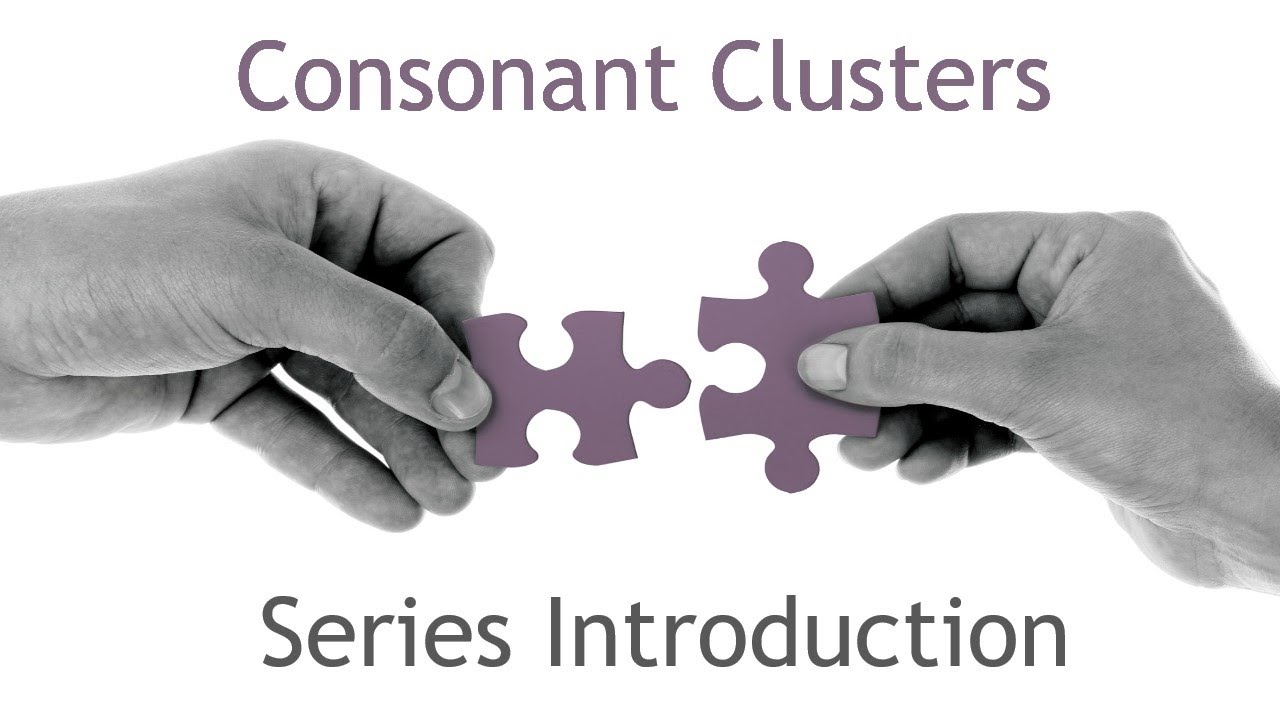
Speech Work: Consonant Cluster
What are consonant clusters in English?
A consonant cluster (sometimes known as a consonant blend) is a group of consonants that appear together in a word without any vowels between them. When reading clusters, each letter within the cluster is pronounced individually.
Sometimes in certain consonant clusters (a string of two or more consonants in a word) the sounds may be reduced or dropped. Below are some of these reductions.
Because most dictionaries do not transcribe individual allophones, the first transcription shown below is the more common dictionary transcription. The second transcription can help non-native English speakers better understand the common pronunciation used by native English speakers.
- /tr/ → /ʧr/ tree: /tri/ → /ʧri/
- /dr/ → /ʤr/ dream: /drim/ → /ʤrim/
- /str/ → /ʧr/ street: /strit/ → /sʧrit/
trace track tract tractor trade tradition
traffic tragedy tragic trail trailer train
trainer traipse trait traitor tram tramp
trample trampoline trance tranquil transfer translate
transmit transplant transport trap trapeze trash
trauma travel
You can become more familiar and comfortable with consonant blends by examining some of the letters that are commonly joined together in consonant blends including:
bl dr br Cl cr gr
fl pr pr Gl pl tr
dr cl fl Sl fr sc
sk str scr
st sh spl
sw th spr
sn tw squ
sm wr thr
wh sch shr
Examples of Words with Consonant Blends
Now that you have a firm grasp on what consonant blends actually are, let’s look at some examples of commonly used and heard words that use them.
Blend, bland, blue, black, blanket, bleach, blast, blatant, blame, bluebird, bleak
Brake, brew, brim, broom, brain, brand, brave, brat, breeze, breathe, breed, break
Click, clam, clambake, clammy, clap, clapping, clarify, clarity, clash, climb, cling, clock
Crab, crumb, crib, cry, crank, crow, crew, crud, crazy, create, creation, credit, creature
Drew, draw, drain, drat, drone, drink, drag, dragon, drastic, drawer, drawbridg
In English, consonant clusters can occur at the beginning (an initial consonant cluster), in the middle (a medial consonant cluster) or at the end of a syllable (a final consonant cluster).
Grammar: statement and Tag Questions
Question tags are short questions at the end of statements. They are mainly used in speech when we want to:
- Confirm that something is true or not, or
To encourage a reply from the person we are speaking to.
- Question tags are formed with the auxiliary or modal verb from the statement and the appropriate subject.
- A positive statement is followed by a negative question tag.
Jack is from Spain, isn’t he?
Mary can speak English, can’t she?
- A negative statement is followed by a positive question tag.
They aren’t funny, are they?
He shouldn’t say things like that, should he?
- When the verb in the main sentence is in the present simple we form the question tag with do/does.
You play the guitar, don’t you?
Alison likes tennis, doesn’t she?
- If the verb is in the past simple we use did.
They went to the cinema, didn’t they?
She studied in New Zealand, didn’t she?
- When the statement contains a word with a negative meaning, the question tag needs to be positive
He hardly ever speaks, does he?
They rarely eat in restaurants, do they?
Identification of a Topic sentence
How Can I Locate the Main Idea?
Once you can find the topic, you are ready to find the main idea. The main idea is the point of the paragraph. It is the most important thought about the topic.
To figure out the main idea, ask yourself this question: What is being said about the person, thing, or idea (the topic)?
Let’s use the paragraph below as an example. First, find the topic, and then look for the main idea. The writer can decide to put the main idea anywhere in the sentence.
Summer is a wonderful time to spend at West Beach. It is a beach with light- colored, soft sand. The coastline goes on for a long way and many people enjoy walking along it. Children like to play in the surf and walk along the rocks that are visible at low tide. This is a fun beach for people of all ages.
In this paragraph:
- the topic is West Beach
- the main idea (what the writer is saying about the topic) is that summer is a wonderful time at West Beach
Composition: Differences between Argumentative and Expository Essay
- The expository essay is a type of discourse used to explain, describe or inform. The purpose of an expository is to give the reader a balanced account of the subject. While the purpose of the argumentative essay is to convince the reader of the validity of your point of view.
- The expository essay aimed at a large public sector, since it does not require a previous knowledge on the subject of the exhibition as for example notes, textbooks, encyclopedias. While the argumentative essay. argumentative essays are the kind of texts which present the reasons in favor of or against a certain position or thesis, in order to convince the interlocutor or reader.
ASSESSMENT
1. f and z are examples of :
a) Bilabial consonant
b) Sibilant consonant
c) Dental consonant
d) Alveolar consonant
2. Which of the following is a voiceless sound component?
a) b
b) d
c) c
d) g
Put in the correct question tags.
3. She is collecting stickers, ?
4. We often watch TV in the afternoon, ?
5. You have cleaned your bike, ?

